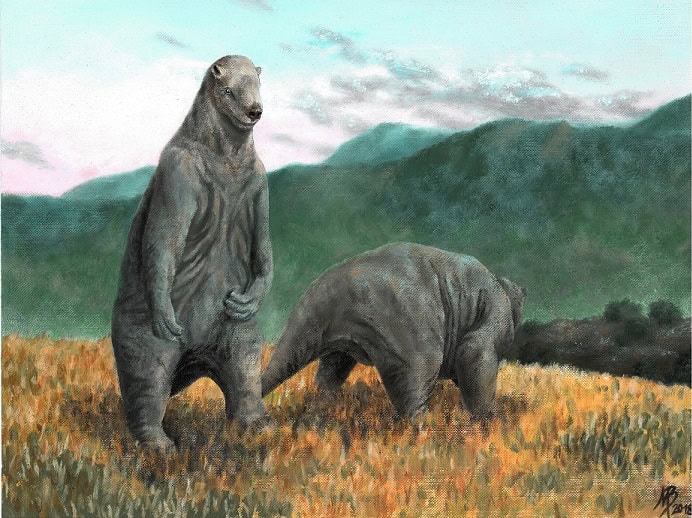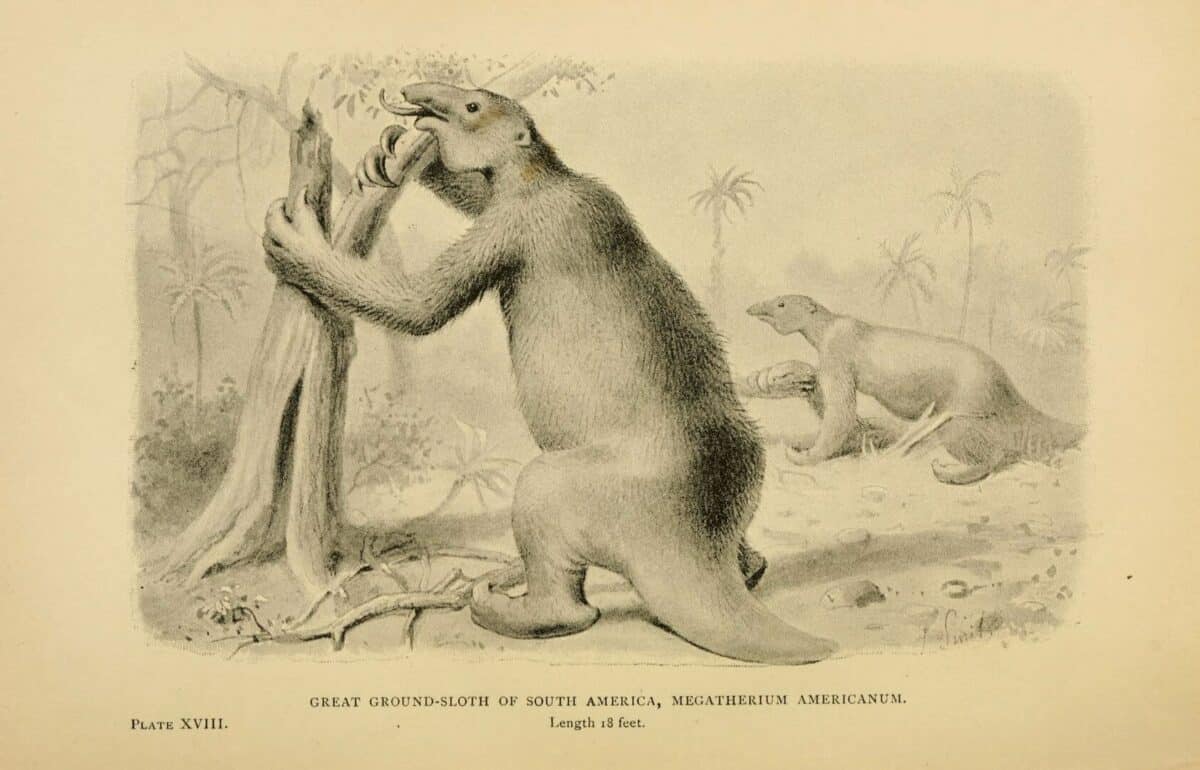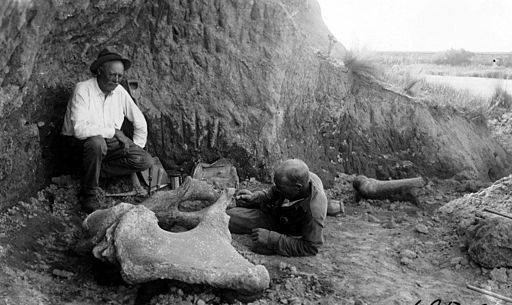In the vast tapestry of prehistoric life, certain creatures stand out for their sheer size and fascinating adaptations. Among these is the Megatherium, a genus of giant ground sloths that once roamed the landscape of South America. Often overshadowed by their more famous prehistoric contemporaries like the woolly mammoth or the saber-toothed tiger, the Megatherium remains one of the most intriguing and majestic mammals of the prehistoric world.
Physical Characteristics

The Megatherium, which means “great beast” in Greek, truly lived up to its name. These colossal creatures could reach up to 20 feet in length and weigh several tons, making them one of the largest land mammals to have ever existed. Unlike the small, tree-dwelling sloths of today, the Megatherium walked on the ground, supported by its massive hind legs and sturdy tail, which provided balance.
Their long arms and huge claws were likely used for stripping leaves from trees or digging for roots and tubers. Despite their fearsome appearance, Megatheriums were herbivores, their diet consisting mainly of leaves, fruits, and other vegetation. Their large size and unique physiology required consuming vast amounts of plant material daily.
Habitat and Distribution

Megatheriums thrived during the Pleistocene epoch, approximately 2.6 million to 11,700 years ago. They predominantly inhabited the lush forests, grasslands, and savannas of what is now South America. Evidence of their presence has been found in countries such as Argentina, Bolivia, and Brazil, suggesting they were well adapted to a range of environments.
Their ability to forage both on the ground and reach high into the trees for food allowed them to exploit a variety of ecological niches. This adaptability likely contributed to their long tenure as one of the dominant herbivores in their region.
Social Behavior and Lifestyle

While much about the social behavior of Megatheriums remains speculative, some scientists suggest they might have been solitary creatures, only coming together for mating. Their size would have protected them from most predators, reducing the need for group defense strategies common in other herbivorous species.
Juvenile Megatheriums likely stayed with their mothers for an extended period, learning vital skills such as foraging and gaining strength before venturing out independently. Their slow life history strategy, characterized by long lifespans and few offspring, resembles that of many large, modern mammals.
Extinction and Legacy

The extinction of the Megatherium, alongside other megafauna of the Pleistocene, has been attributed to a combination of climate change and human activity. As the Ice Age ended, the habitat of the Megatherium transformed significantly, reducing the availability of their primary food sources. Additionally, the arrival of human hunters in South America likely added pressure, hastening their decline.
Despite their extinction, Megatheriums have left a lasting legacy. Their fossils have provided invaluable insights into the adaptation and evolution of large mammals. Moreover, they have inspired countless works of art and literature, sparking the imaginations of those fascinated by the grandeur of prehistoric life.
Conclusion

Megatheriums were indeed majestic creatures, remarkable not just for their size but also for their adaptability and ecological role. While they are gone, these giant ground sloths remind us of the dynamism of Earth’s ecosystems and the delicate balance required to sustain such magnificent life forms. As we continue to study these marvelous creatures, they offer invaluable lessons about the past and future of biodiversity on our planet.
- 10 Most Endangered Birds in the U.S. and Where to Find Them - August 9, 2025
- 15 Tips for Managing Spider Infestations During Storm Season - August 8, 2025
- How Superstorms Have Reshaped Coastlines Over Time - August 8, 2025

